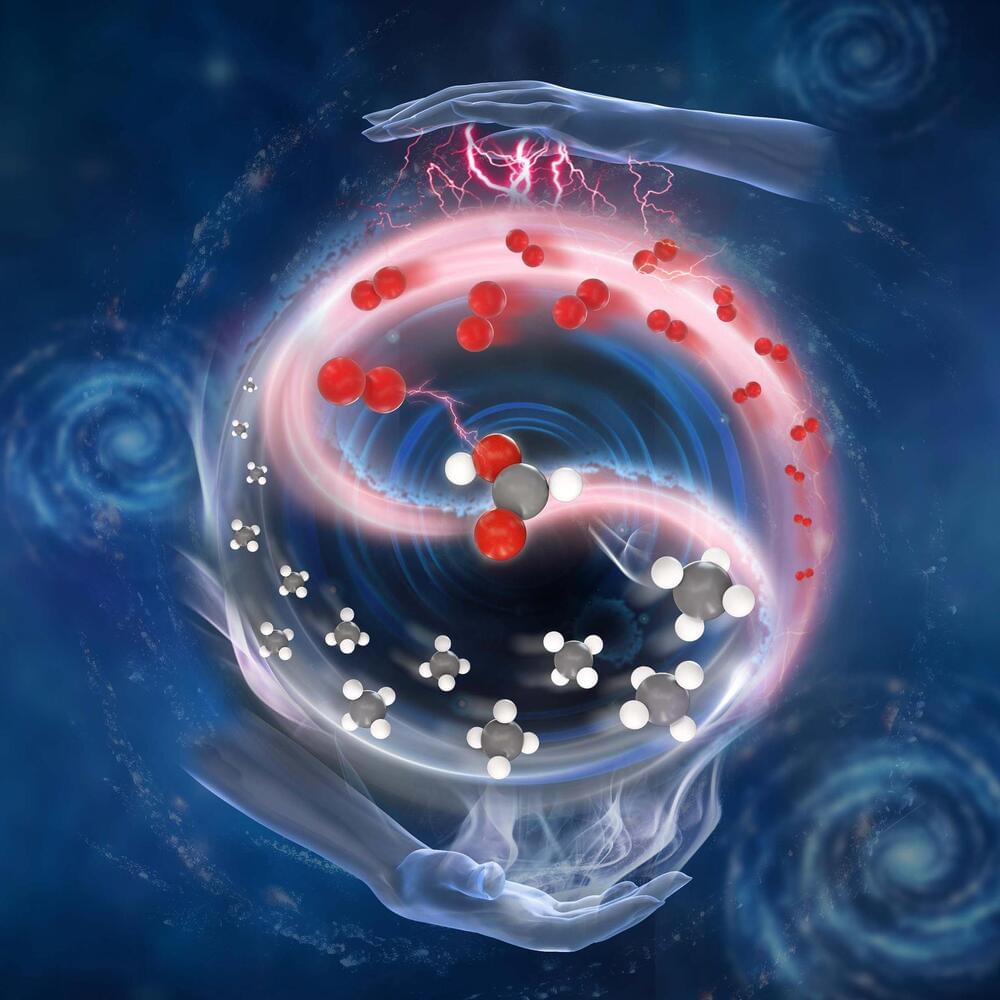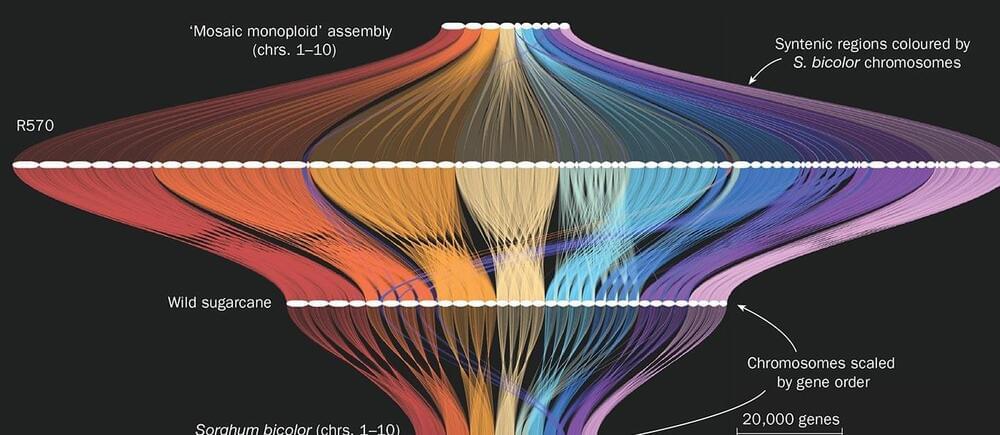Scientists quantify a previously overlooked driver of human-related mercury emissions.
About 10 percent of human-made mercury emissions into the atmosphere each year are the result of global deforestation, according to a new MIT study.
The world’s vegetation, from the Amazon rainforest to the savannahs of sub-Saharan Africa, acts as a sink that removes the toxic pollutant from the air. However, if the current rate of deforestation remains unchanged or accelerates, the researchers estimate that net mercury emissions will keep increasing.








